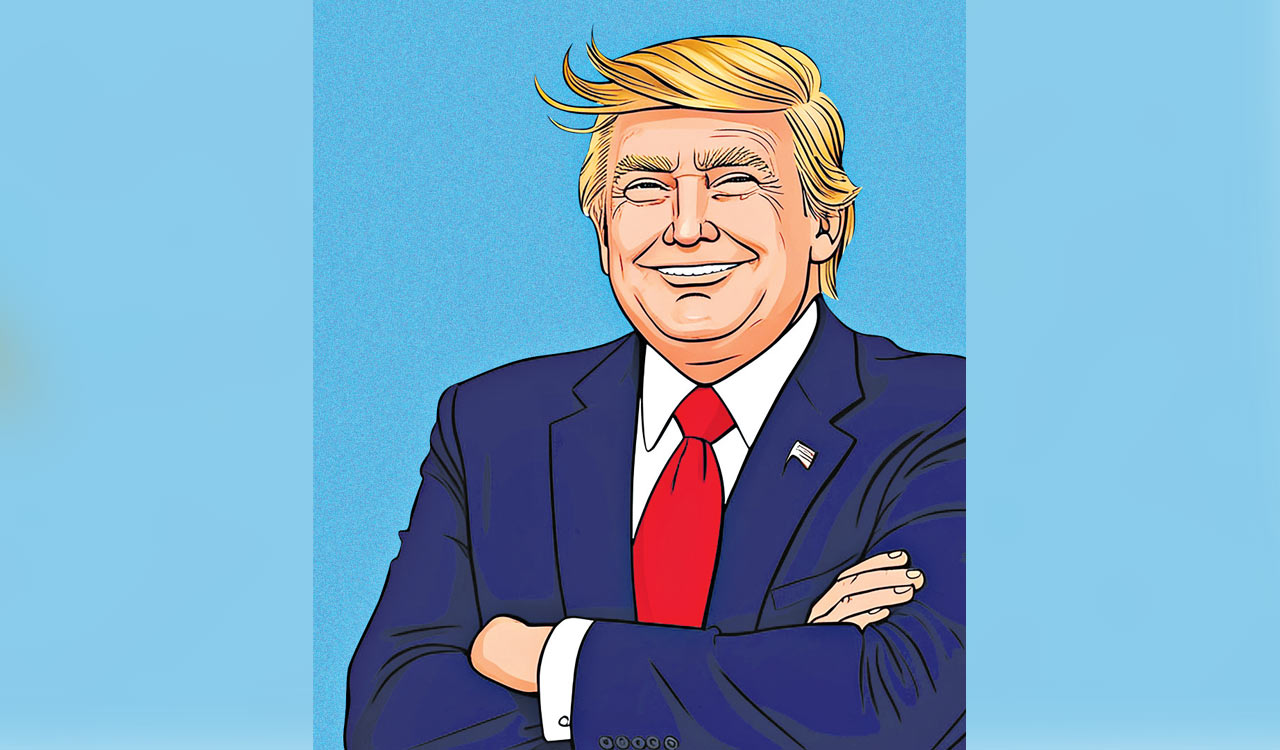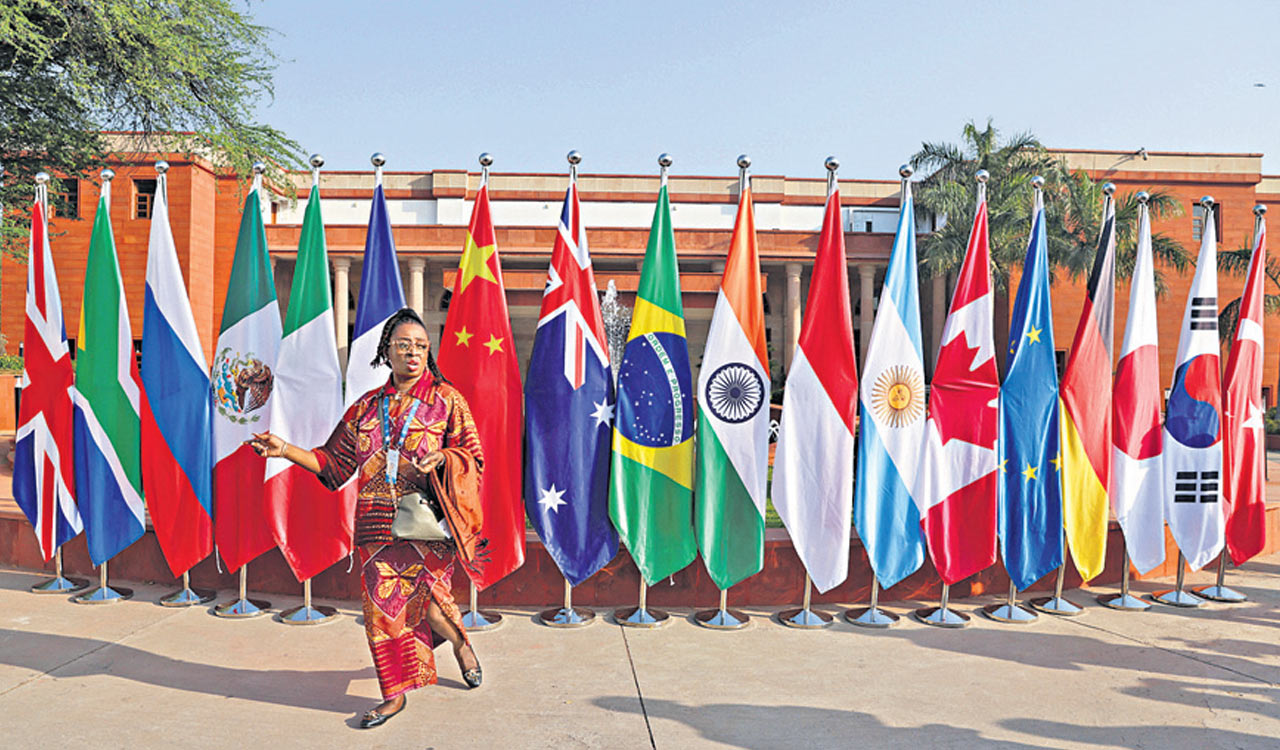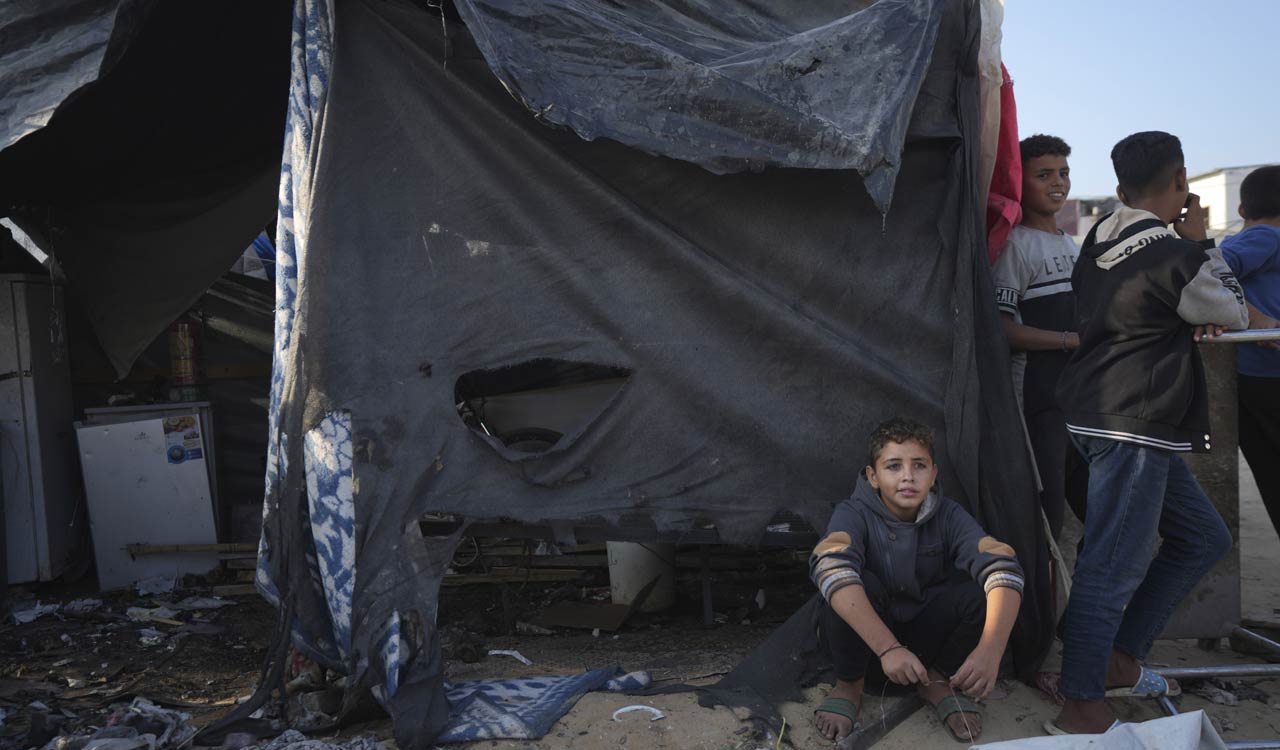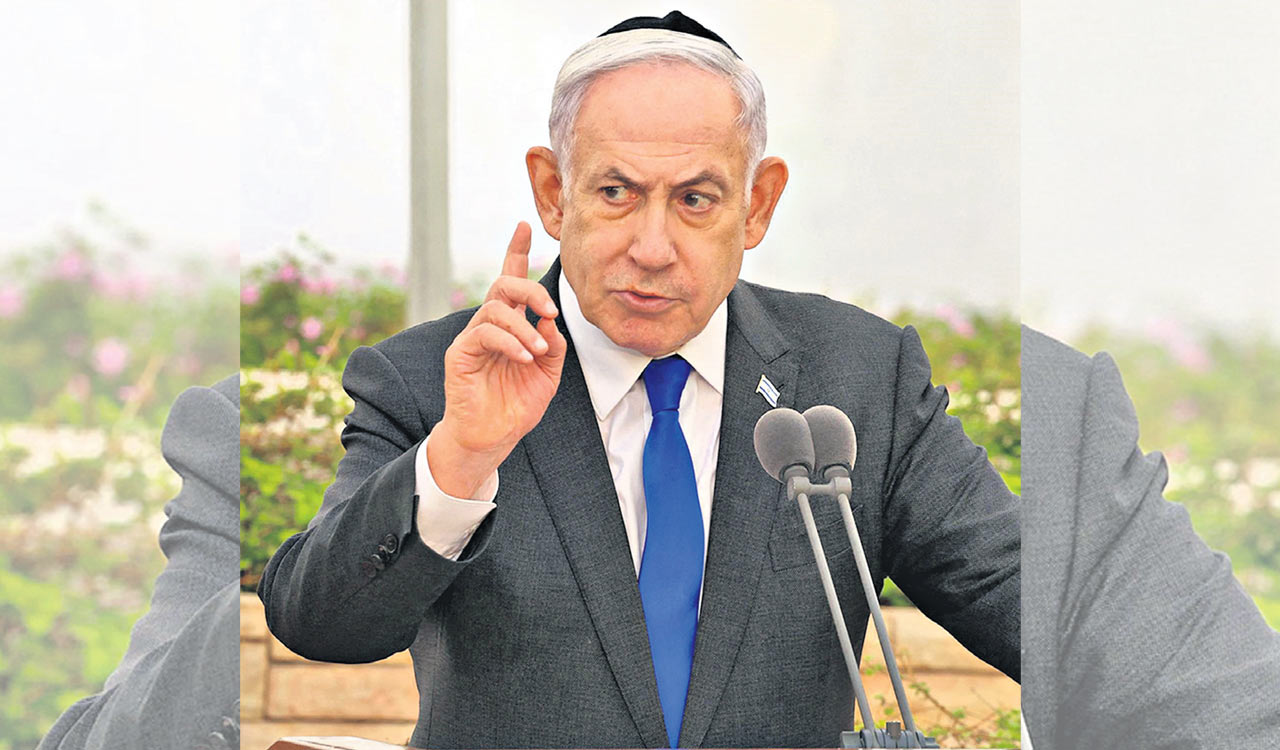Opinion: Trump’s looming shadow on multilateralism
Is multilateralism up for its biggest turbulence yet under Trump 2.0, or will his presidency eventually prove all sound and fury?

By Monish Tourangbam
A flurry of multilateral summits, dealing with global governance, has dotted the international landscape recently, with political leaders and policymakers descending on different corners of the world. From the G20 grouping under Brazil’s presidency meeting in Rio De Janeiro to the Asia-Pacific Economic Cooperation (APEC) summit in Peru, the Conference of Parties (COP 29) gathering in Azerbaijan to the BRICS summit in Russia, multilateralism was in full display.
However, an election somewhere else was the elephant in the room. The American electorate has decisively voted former incumbent Donald J Trump as the 47th President of the United States, and he is not a lover of multilateralism by any measure. The last time he was in the White House, he had pulled America out of the Paris Climate Agreement and the Trans-Pacific Partnership (TPP) economic grouping.
The US returned to the Paris Climate Agreement through the Biden administration, and a successor to the TPP came in the form of the Indo-Pacific Economic Framework (IPEF). However, Trump has promised to walk out of both once he officially takes over the presidency in January next year. So, is multilateralism up for its biggest turbulence yet under Trump 2.0 or will the Trump presidency eventually prove all sound and fury but of not much consequence for the future of multilateralism?
Phantom in the Room
The world is truly passing through a time of polycrisis, with wars in Europe and West Asia upending regional security orders, with consequent impact on a host of human-centric issues under the Sustainable Development Goals (SDGs), further slipping away from policy bandwidths. The mounting imminence of fighting the climate challenge together and shifting to greener energy cuts across the future of multilateral economic and technology governance. It is natural for the outgoing Biden administration to fade from the scene as he attended the last of his global summits before handing over the keys to the White House to President-elect Trump soon.
Leaders across the world, irrespective of allies or adversaries are anxious, curious and wary of what the incoming Trump team might hold for some of the most pressing issues of multilateral governance.
Trump’s quid pro quo and transactional style of presidency is the hallmark of his ‘America First’ strategy and bilateral deals are dearer to him than multilateral platforms. He believes that the latter takes undue advantage of America. Transatlantic partners of America, in Europe, are more anxious than Asian partners given Trump’s earlier brush with the North Atlantic Treaty Organisation (NATO) and his uncertain path to handling the Ukraine war.
The forecast is overall positive for India, but it is no time to be complacent, and New Delhi needs to relook at the unintended consequences of Trump’s ‘America First’
Moreover, the nominees for some of the topmost positions in Trump’s cabinet are already raising eyebrows in the American beltway and across the world. Unlike his first term, when as a newbie in Washington, he had to depend on the Republican Party’s old guards to fill his cabinet, hard-core Trump loyalists,have rather risen to the forefront of American politics and foreign policy in 2024. Biden’s National Security Adviser Jake Sullivan commented, “The incoming administration is not in the business of providing us assurances about anything, and they’ll make their own decisions as they go forward.”
Future of Multilateralism
Multilateral summits and groupings no longer function entirely at the whims and fancies of the United States. With or without Trump, the West-led post-World War II financial and security order was already under considerable pressure to reform and restructure to reflect the changing global power balance of the 21st century.
Moreover, multilateralism works best when competition between the great powers of the international system is better managed and the strategic guardrails are acknowledged, allowing greater predictability in strategic behaviours. However, with the wars in Ukraine and West Asia having no clear sight of resolution and confrontations growing across the geopolitical hotspots in the continental and maritime Indo-Pacific, uncertainty is rather the overwhelming mood. Trump’s presidential style might see incentives for ‘America First’ in chaos and uncertainty but the prospects for effective multilateralism might suffer in the next four years. What transpires in the White House affects the political, security and economic landscape across the world, and so the question that begs an answer is: Will Trump’s disdain for multilateralism create a domino effect among world leaders?
Amid the Trump turbulence, Beijing will jump to the opportunity and project itself as the new leader of free trade, as America’s friends and foes brace for a transactional Trump and his love for tariffs as the anti-dote to all of America’s economic challenges. Particularly since India’s G20 presidency, the Global South has emerged as a major reference point for the future of multilateralism, where the consequence of its successes or failures will be most acutely felt, specifically, on the commitments to SDGs.
Wait and Watch
How the incoming Trump administration looks at the Global South, and its alignment with US foreign policy objectives, particularly on development aid and assistance will have to be seen. The world is also witnessing a sharpening divide on emerging technologies such as Artificial Intelligence (AI), wherein multilateral commitments are at the most nascent stages. Will growing US-China competition over technological research & innovation, deployment, market access and national security create widening rifts?
In this extremely complicated environment, where would trusted-technologies come from and how can a country aspire for self-reliance and prevent technological governance from falling prey to geopolitics? Trump 2.0 has not caused much discomfort in New Delhi, and there is a calm confidence that the India-US relationship grew in Trump’s first presidency. It will do so this time as well. The forecast is overall positive for India, but it is no time to be complacent. New Delhi needs to relook at the unintended consequences of Trump’s ‘America First’ that have a bearing on India’s own calculations of uninterrupted economic growth and regional security.
In other words, India may not be in the direct firing line of Trump 2.0, but it needs to be prepared to dodge the stray bullets as well.

(The author is Director at the Kalinga Institute of Indo-Pacific Studies [KIIPS], New Delhi)
Related News
-
Cartoon Today on December 25, 2024
7 hours ago -
Sandhya Theatre stampede case: Allu Arjun questioned for 3 hours by Chikkadpallly police
8 hours ago -
Telangana: TRSMA pitches for 15% school fee hike and Right to Fee Collection Act
8 hours ago -
Former Home Secretary Ajay Kumar Bhalla appointed Manipur Governor, Kerala Governor shifted to Bihar
8 hours ago -
Hyderabad: Organs of 74-year-old man donated as part of Jeevandan
8 hours ago -
Opinion: The China factor in India-Nepal relations
8 hours ago -
Editorial: Modi’s Kuwait outreach
8 hours ago -
Telangana HC suspends orders against KCR and Harish Rao
9 hours ago




